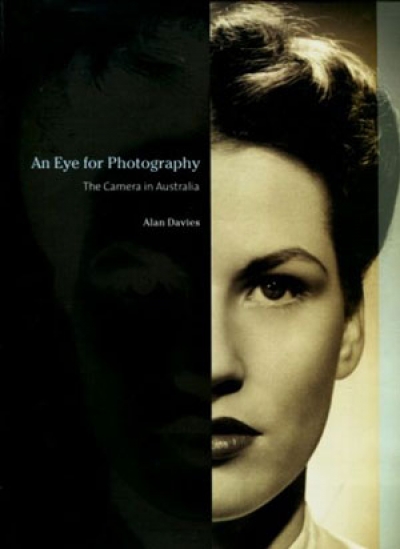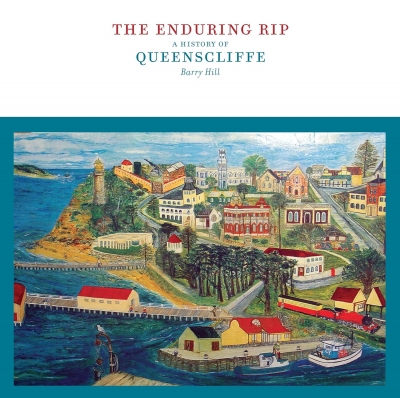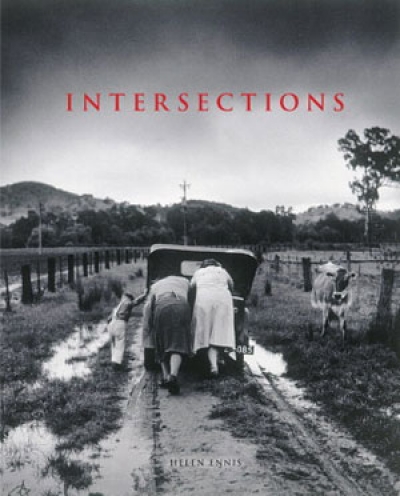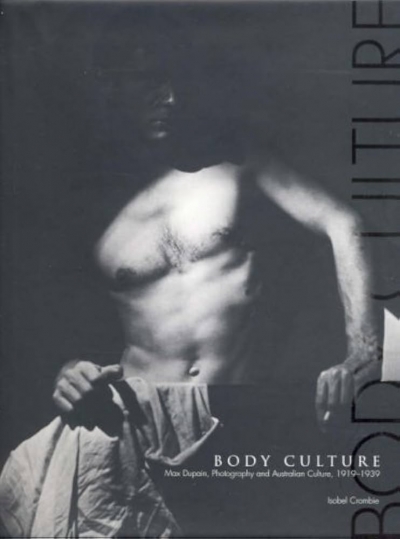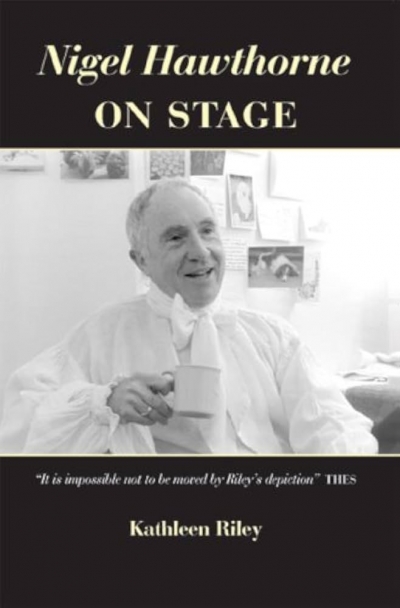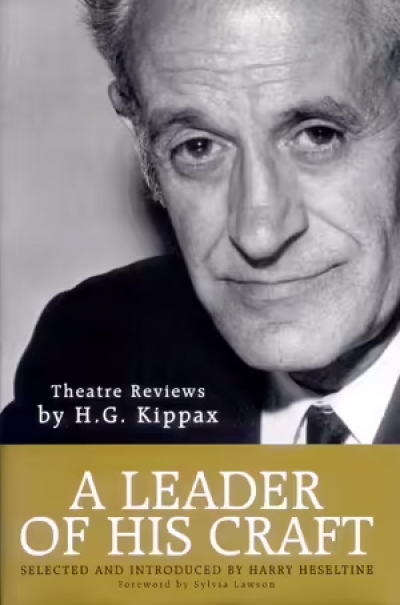Review
An Eye For Photography: The camera in Australia by Alan Davies
by Isobel Crombie •
Intersections: Photography, history, and the national library of Australia by Helen Ennis
by Julie Robinson •
The authors of these four books use a narrative device common to much fantasy fiction: the notion of quest. Sometimes that quest requires a physical journey, and sometimes it involves searching for something closer to home, but the very process is almost invariably life-changing for the characters involved.
... (read more)Witnessing History: One woman’s fight for freedom and Falun Gong by Jennifer Zeng
by Helene Chung Martin •
Body Culture: Max Dupain, photography, and Australian culture, 1919–1939 by Isobel Crombie
by Ian North •
A Leader of His Craft: Theatre reviews by H.G. Kippax edited by Harry Heseltine
by Ken Healey •
Histories of sexuality: Antiquity to sexual revolution by Stephen Garton
by Lisa Featherstone •

